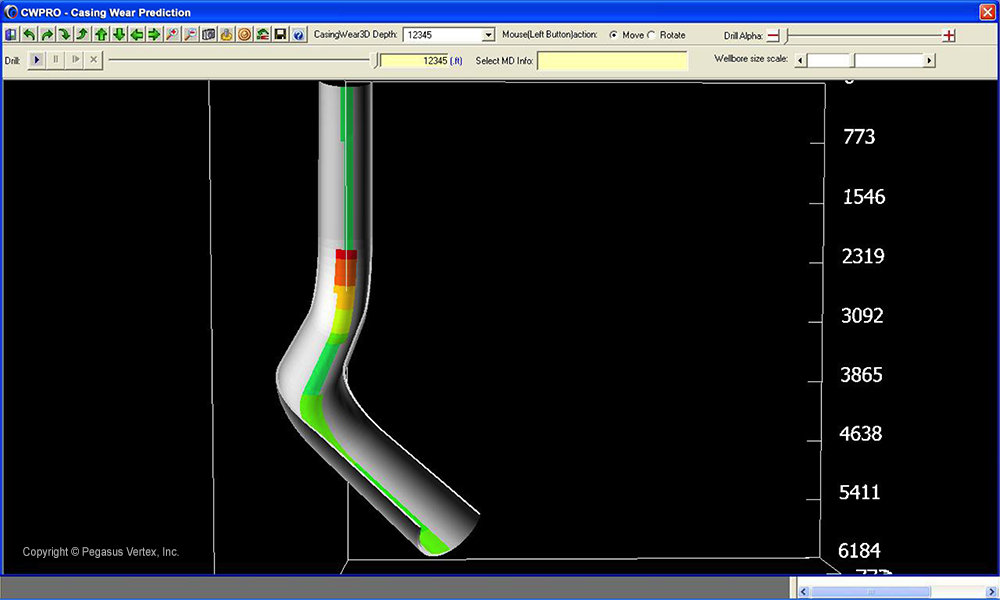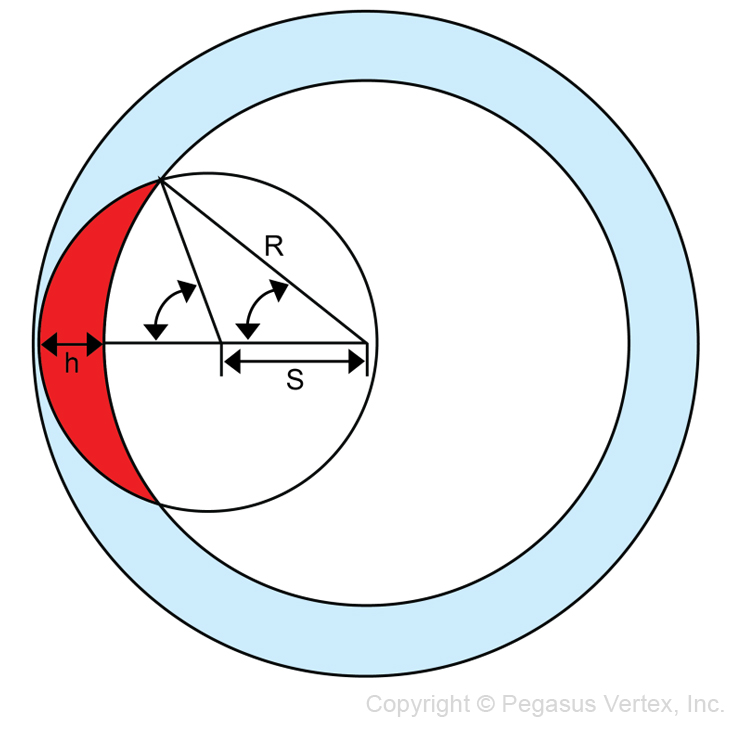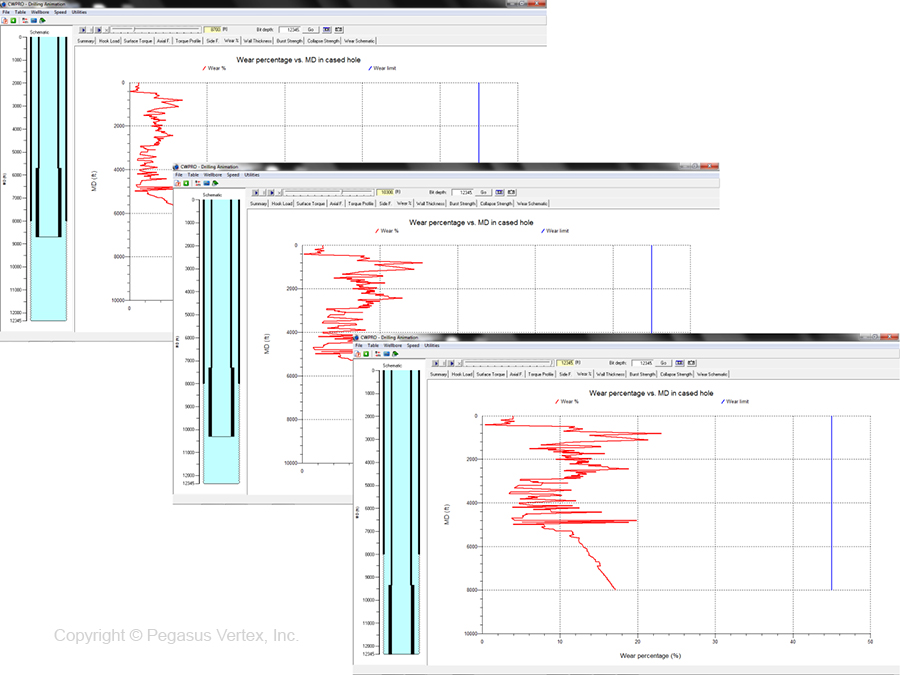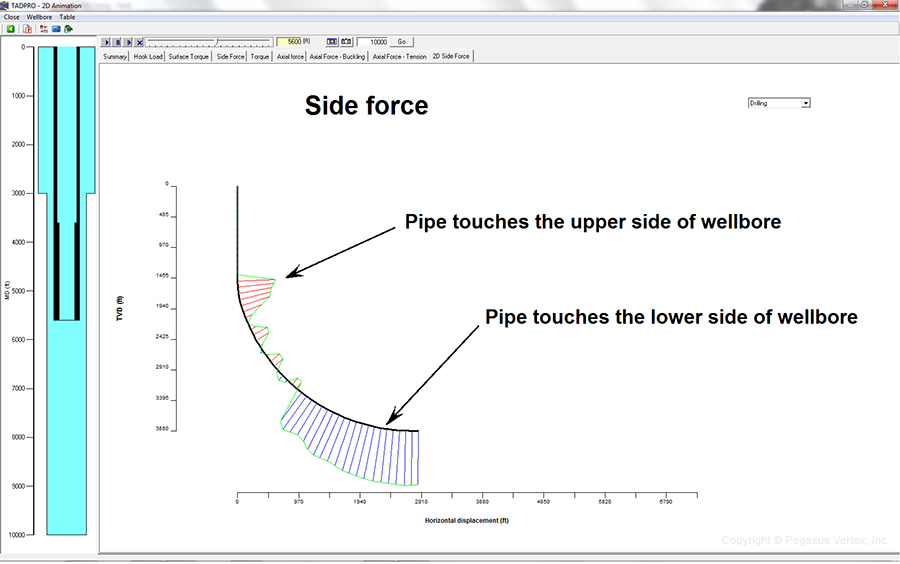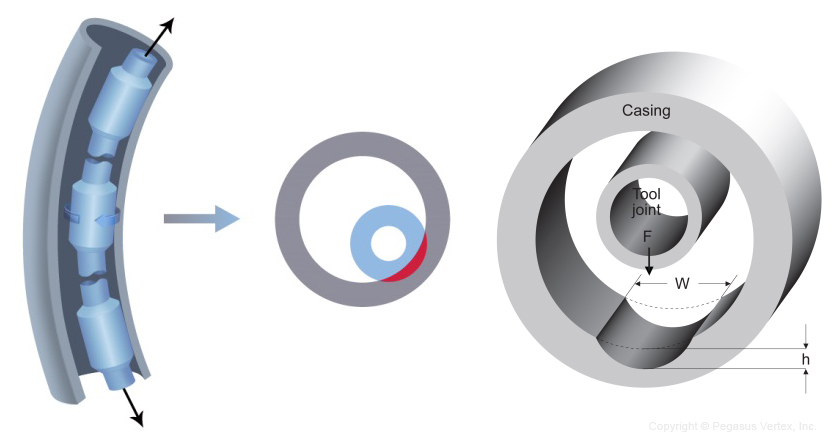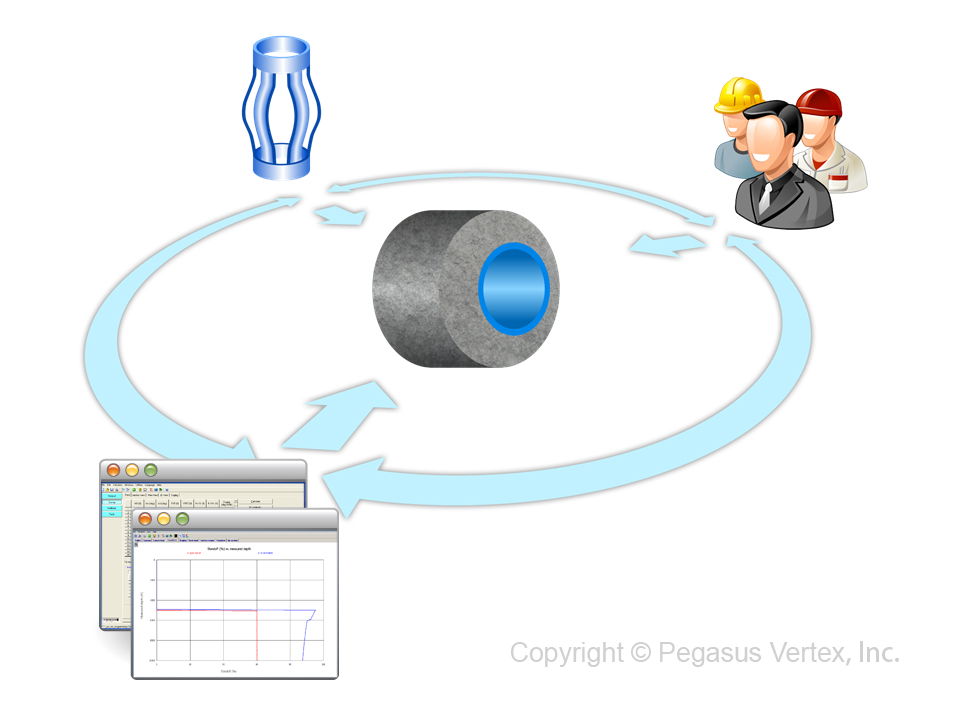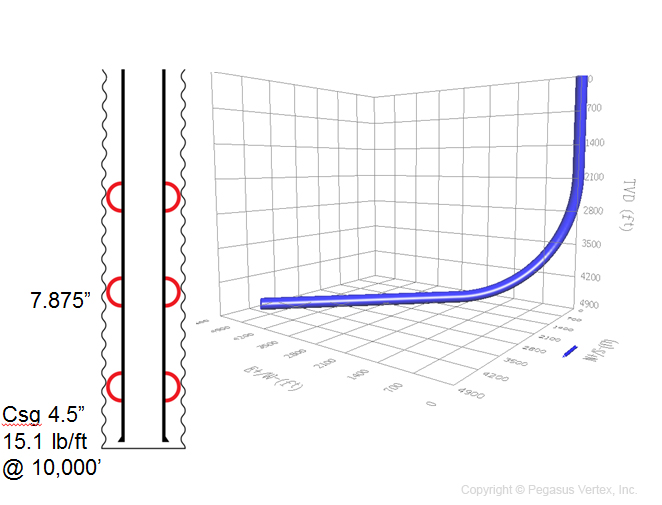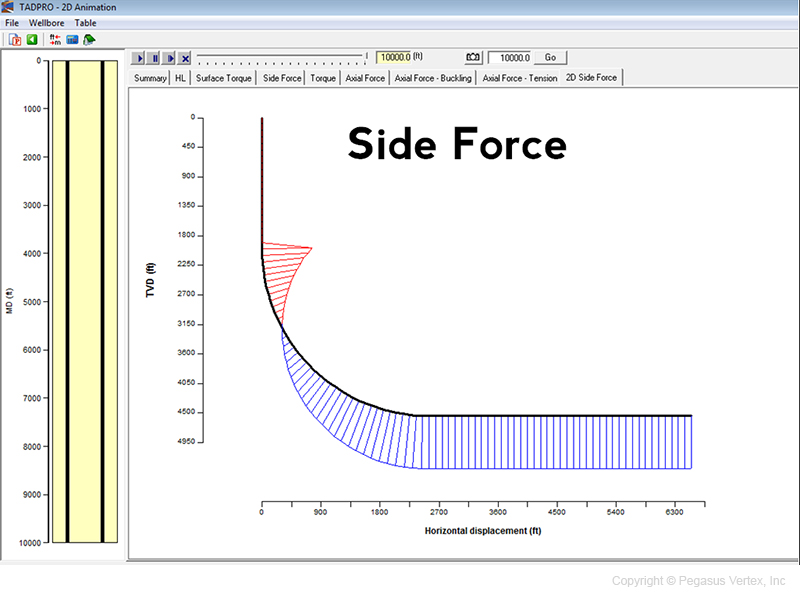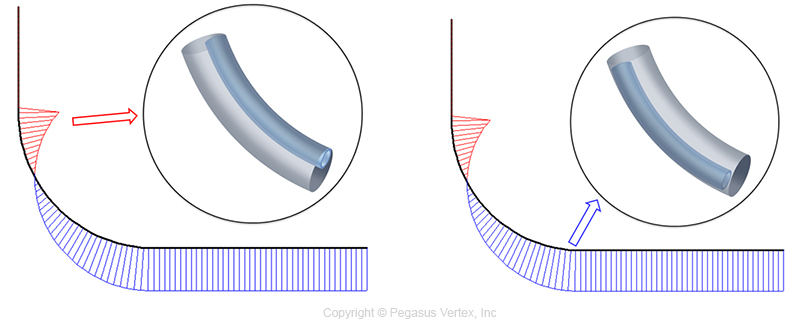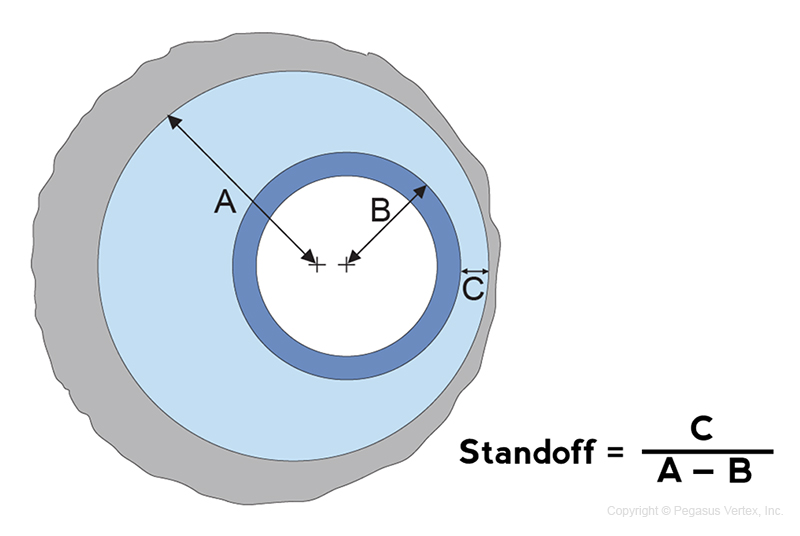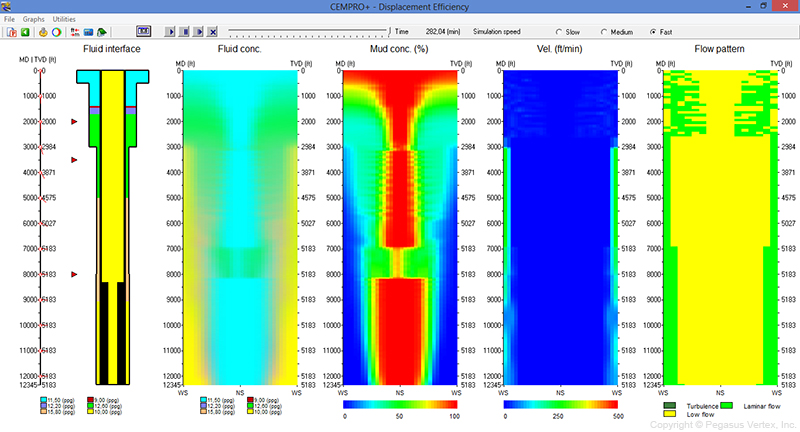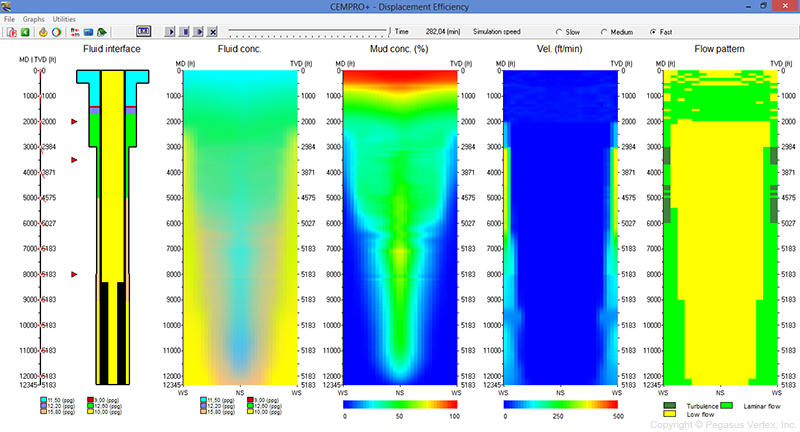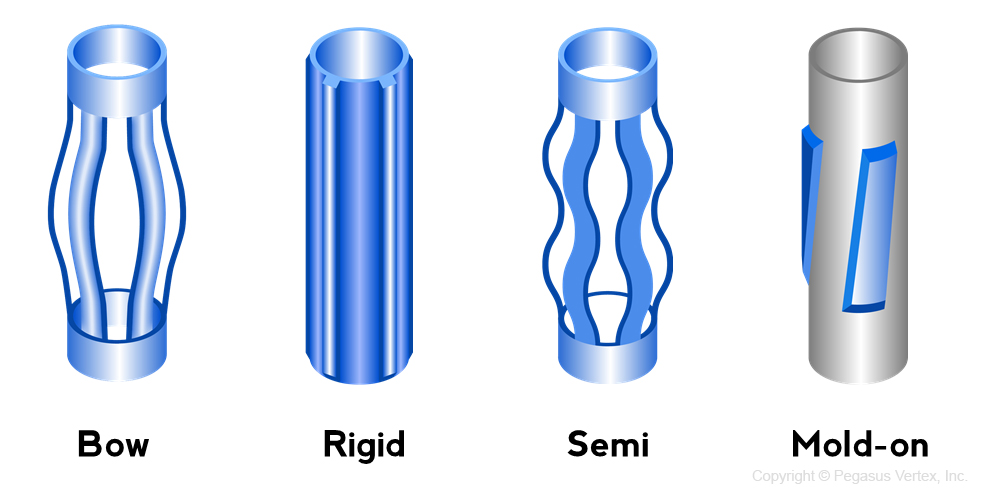The pulling and running of pipe causes pressure surges and the prediction of these is a matter of economic importance in wells where the pressure has to be maintained within narrow limits to prevent formation-fluid influx and lost circulation. When these types of situations occur, the drilling engineer needs the best possible method of calculating and predicting surge pressures to drill these wells with a minimum of risks.
Pressure surges have been known for a very long time to cause well-control problems. For instance in 1934, pressure surges were identified as a result from pipe swabbing the possible cause of fluid influx, and in worst cases, blowouts. Also In 1951, positive pressure surges were measured and linked to lost-circulation problems.
For most wells, the extent of the pressure surges is not critical when the proper casing design and mud programs leave large enough margins between fracture pressures and formation-fluid pressures. However, a certain fraction of wells cannot be designed with large surge-pressure margins and in this situation the pressure surges may still be a concern.
The need to predict pressure surges in critical wells is the reason PVI developed SurgeMOD.
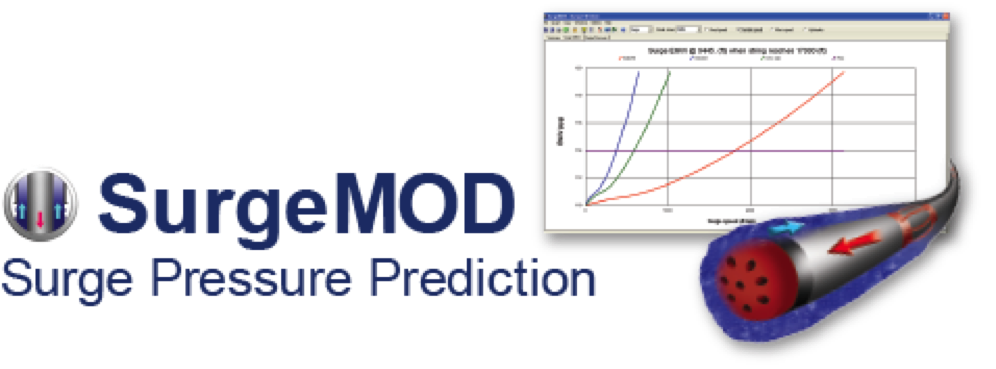 With this surge and swab pressure prediction model, the annular pressures are calculated to be consistent with frictional pressure drops caused by fluid motion; the drilling mud can be well displaced by the pipe motion. This model is sufficient for an effective use for both drilling and completion. It analyzes the complex downhole hydraulics when running the casing for various pipe conditions and circulation sub tools. SurgeMOD not only predicts the surge and swab pressures for a given running speed, but also calculates maximum running speeds at various depths. After the casing or liner is set, it will calculate the maximum acceptable circulation rate before fracturing the formation.
With this surge and swab pressure prediction model, the annular pressures are calculated to be consistent with frictional pressure drops caused by fluid motion; the drilling mud can be well displaced by the pipe motion. This model is sufficient for an effective use for both drilling and completion. It analyzes the complex downhole hydraulics when running the casing for various pipe conditions and circulation sub tools. SurgeMOD not only predicts the surge and swab pressures for a given running speed, but also calculates maximum running speeds at various depths. After the casing or liner is set, it will calculate the maximum acceptable circulation rate before fracturing the formation.
This surge and swab pressure model shows an excellent agreement with the measurements of surge and swab pressures collected during the field tests. It accurately predicts maximum surge and swab pressures as well as the variation of pressure with time at any position in the well bore. Predicting surge and swab pressures using SurgeMOD can minimize potential problems in a well bore and allow more efficient trip speeds for running or pulling pipe.

